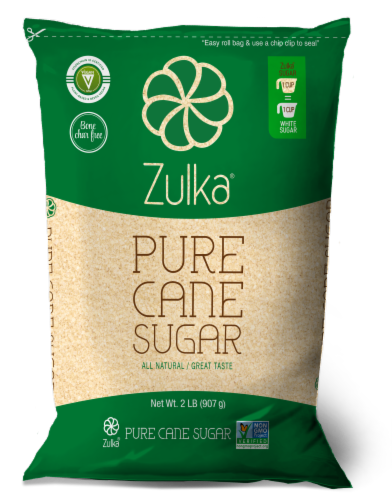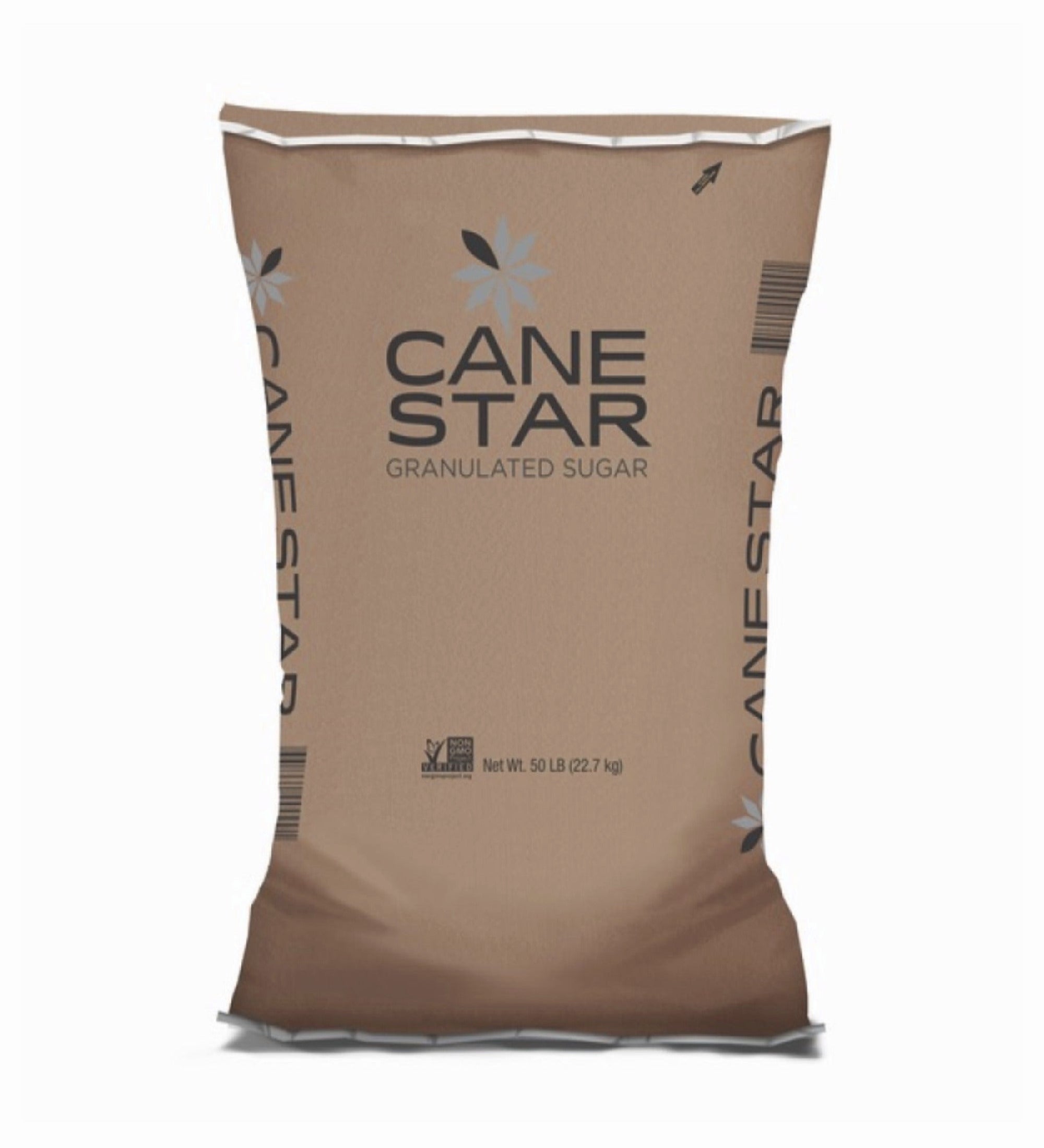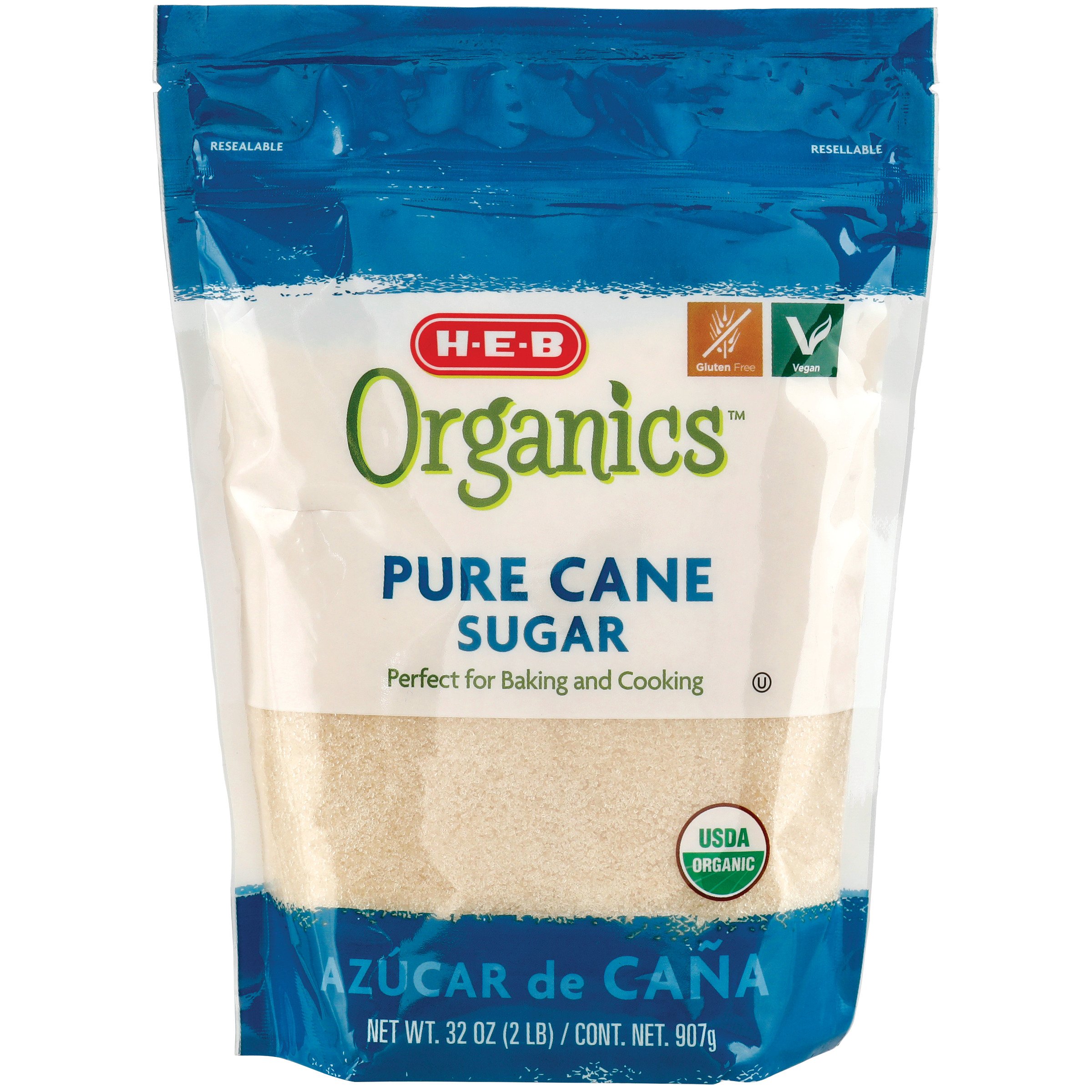The Journey of Cane Sugar Processing: From Harvest to Crystals
The Journey of Cane Sugar Processing: From Harvest to Crystals
Blog Article
Exploring the Comprehensive Steps Associated With Walking Stick Sugar Processing From Harvesting to Refinement
The process of cane sugar manufacturing incorporates a series of detailed actions, beginning with the mindful harvesting of sugarcane and finishing in the improvement stages that make sure the final product satisfies sector criteria. Each phase, from the removal of juice to the purification and formation processes, plays a crucial duty in determining the quality and character of the sugar.
Gathering Sugarcane
Gathering sugarcane is an important action in the cane sugar handling chain, as it directly affects the quality and return of the last product. Correct timing and techniques are crucial throughout this phase to make certain ideal sugar material and lessen losses. Usually, sugarcane is harvested when it reaches maturity, usually 12 to 18 months after growing, characterized by a high sucrose focus.

Post-harvest, the sugarcane has to be refined quickly to avoid sucrose deterioration. Ideally, gathered cane ought to be transferred to refining facilities within 24 hours to preserve sugar quality. For that reason, efficient logistical preparation is important to preserve the stability of the collected crop throughout the supply chain.
Removal Process

The crushed cane is subjected to a collection of pressing procedures to maximize juice recuperation. Typically, warm water is splashed onto the crushed cane, developing a countercurrent flow that helps dissolve the sugar while additionally assisting in the extraction process. The juice collected from this procedure contains not only sugar yet additionally various natural substances and pollutants.

To boost extraction performance, some facilities may utilize diffusion techniques, where the sugarcane is saturated in warm water, enabling the soluble sugars to diffuse into the fluid. The resulting juice, abundant in sucrose, is after that directed to succeeding handling stages, laying the structure for purification and refinement. The extraction process is therefore critical in identifying the high quality and return of the last sugar product.
Purification Strategies
The purification techniques employed in cane sugar processing are vital for changing the raw juice into a top quality sugar item. These approaches mainly aim to get rid of pollutants, such as dirt, plant materials, and inorganic substances, which can detrimentally impact the last item's taste and color.
Among the most typical filtration methods is explanation. This process entails including lime and warmth to the raw juice, which assists in the coagulation of pollutants. The resulting precipitate is after that gotten rid of via sedimentation or purification, yielding a more clear juice. Furthermore, the usage of phosphoric acid can boost the explanation process by additional binding pollutants.
One more substantial method is carbonatation, where co2 is presented to the cleared up juice. This reaction creates calcium carbonate, which captures remaining impurities and promotes their this contact form removal.
Additionally, turned on carbon therapy see page might be put on adsorb any staying colorants and organic contaminations, making certain a more refined product. The mix of these approaches successfully prepares the sugar juice for succeeding action in the refining process, setting the stage for the production of high-grade walking stick sugar.
Crystallization Approaches
After the filtration stage, the following crucial action in cane sugar processing includes formation methods, which play a pivotal role in transforming the cleared up juice into strong sugar. This procedure typically employs 2 main approaches: spontaneous crystallization and regulated crystallization.
In spontaneous condensation, supersaturated sugar remedies are permitted to cool normally, leading to the development of sugar crystals over time. This approach permits for the uniform development of sugar crystals and greater purity.
Throughout condensation, the made clear juice is focused via evaporation, increasing its sugar content until it gets to supersaturation. As soon as this factor is attained, either approach can promote the formation procedure. Cane Sugar Processing. The resultant sugar crystals are then divided from the continuing to be syrup with centrifugation
Inevitably, the selection of condensation technique influences the high quality, size, and pureness of the last sugar product, making this action essential in the general cane sugar processing treatment.
Improvement and Product Packaging
How can the pureness and quality of walking stick sugar be better enhanced after crystallization? The refinement process plays an important role in achieving high-quality cane sugar.
Next, the sugar undergoes a process called centrifugation, where it is spun at high speeds to divide the purified sugar crystals from the staying fluid. After centrifugation, the sugar is typically further improved through a technique called carbonization or phosphatation, which uses activated carbon or phosphoric acid to eliminate shade read the full info here and off-flavors.
When improved, the sugar is dried out to attain the preferred wetness content, making certain that it stays secure during storage space and transportation. The final action includes packaging the refined sugar in closed and moisture-proof containers to preserve its quality and avoid contamination. Cane Sugar Processing. Proper packaging not only prolongs service life yet likewise helps with simple handling and circulation, ensuring that consumers get sugar that fulfills the greatest criteria of pureness and high quality
Conclusion
The extensive actions associated with cane sugar processing, from the thorough harvesting of sugarcane to the elaborate refinement and packaging stages, underscore the value of each stage in making certain top quality sugar manufacturing. Optimum harvesting strategies, efficient removal methods, and extensive filtration processes collectively add to the last item's purity and security. The condensation and subsequent packaging techniques even more enhance the stability and service life of the sugar, highlighting the complexity and accuracy integral in this crucial agricultural market.
The process of cane sugar production encompasses a series of detailed actions, starting with the mindful harvesting of sugarcane and finishing in the refinement phases that ensure the last product satisfies sector criteria. Ideally, gathered walking cane must be transported to processing facilities within 24 hours to preserve sugar top quality.In spontaneous condensation, supersaturated sugar services are allowed to cool naturally, leading to the development of sugar crystals over time - Cane Sugar Processing. The refinement process plays an essential function in accomplishing high-grade walking stick sugar.The extensive steps entailed in walking stick sugar handling, from the precise harvesting of sugarcane to the detailed improvement and packaging phases, emphasize the value of each phase in making sure top notch sugar manufacturing
Report this page